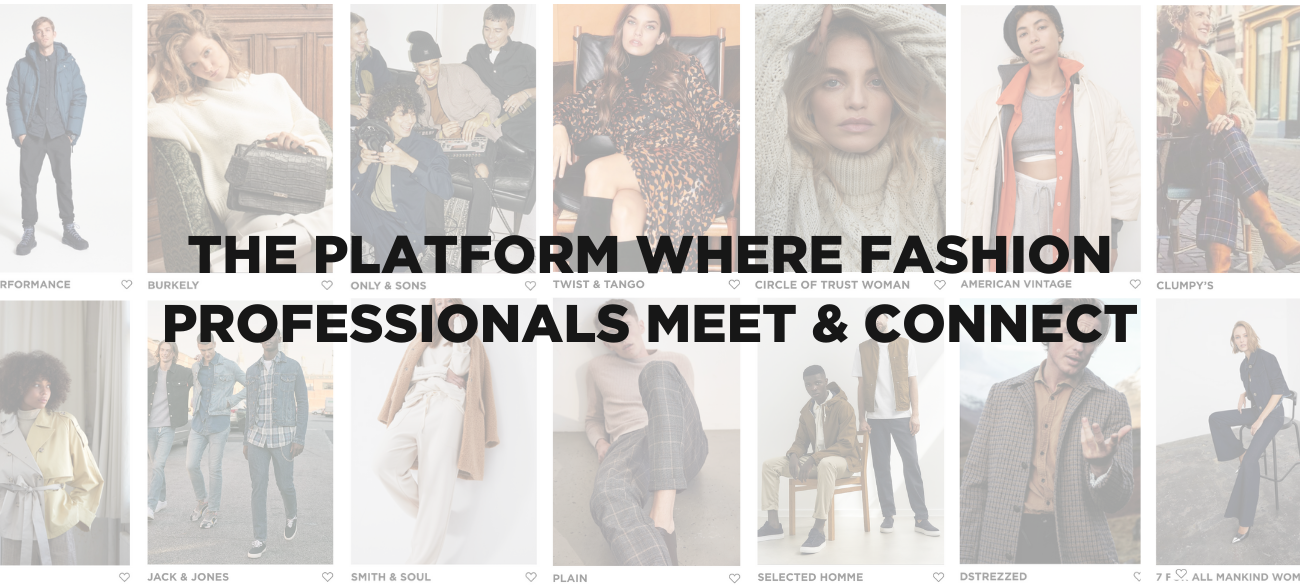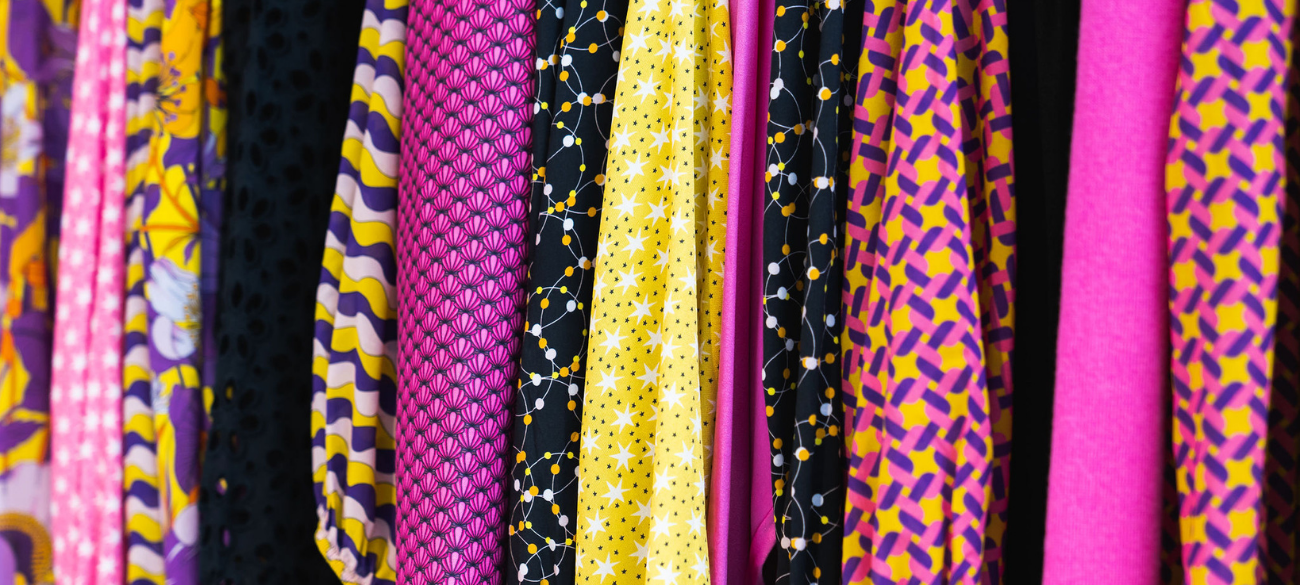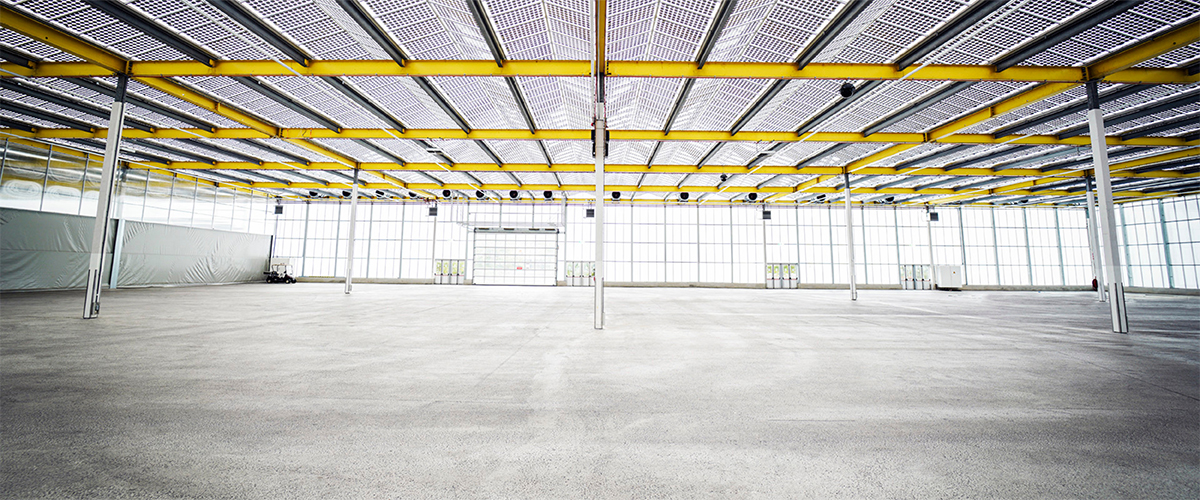EXPO Greater Amsterdam
Stelling 1
2141 SB Vijfhuizen

Create a free retailer account now or view the other options.
The fashion industry and coronavirus #3: getting the tills ringing while respecting the guidelines
From physical shopping to closed doors, to online trading and onwards to shopping by appointment; since the advent of coronavirus in March 2020, the flexibility of Dutch fashion retailers has been sorely tested. When shoppers were banned from stores, sales dropped. Some stores didn’t make it, while others saw opportunities. How are fashion retailers doing now, and which developments need to be kept in mind moving forward? In their latest update, retail organisation Euretco explores the current situation.
Euretco explains that fashion retailers were primarily waiting for the stores to reopen. Recent months were tough for shopkeepers, and flexibility proved to be the buzzword. What to do with the winter collection stock, how to keep staff busy, how to approach buying for an uncertain upcoming season, and how do you regulate the incoming spring collection and the associated payment conditions? What proved most challenging for fashion businesses was getting the tills to ring while complying with governmental guidelines. Many retailers have therefore increased their focus on retaining customers, while social media, online sales and appealing window displays have become more important than ever.
Eased restrictions, shopping by appointment: an apparent solution
Because customers are up for it. Euretco suggests that the fine spring weather both excited retailers (who are keen to see their collections back on bodies, instead of being handed over in a bag at the door), and made customers impatient to shop again. This is confirmed by the numbers of customer appointments being made. Eased restrictions, shopping by appointment: an apparent solution, but it’s really just a drop in the ocean. One person per 25 square metres, with a maximum of 50 people, that doesn’t even come close to providing large stores (with floor area of 10,000 square metres) with the volume they require.
But it’s not all doom and gloom. The appointments made with customers show that people are still finding their way to stores; the doomsday scenario that coronavirus would spell the end of physical shopping remains unwritten for now. And customers who make appointments benefit from personal attention, and are prepared to part with their cash. Stores in the high-end segment appear to be doing the best out of this eased restriction. Their customers have larger budgets, and are accustomed to buying early in the season.

Market development during the outbreak, in numbers
How are these developments reflected in the numbers? At the end of February – despite the store closures – independent fashion retailers achieved an average sales index of 37% compared to the same period last year, which equates to a 63% drop. After two weeks of shopping by appointment, the sales index is up to 46%, a drop of 54% compared to mid-March 2020.
And what’s the deal with winter 2020? It closed at the end of December with 27% lower sales than the previous year. Due to no December sales, retailers achieved 1% higher gross margin on average than in the previous year. As the result of no traditional sale start, lost discount opportunities and store closures, in January 2021, businesses were left with 15% more stock. This came at the cost of the additional liquidity required to quickly pay for the new spring deliveries. Winter collection deliveries were down 14% on winter 2019. Many shopkeepers are selectively moving certain winter items to autumn-winter 2021, to have another crack at sales. Let’s make that our focus, and enter the season full of confidence.
Written by Marjolein Stormezand in collaboration with Euretco
Share article

